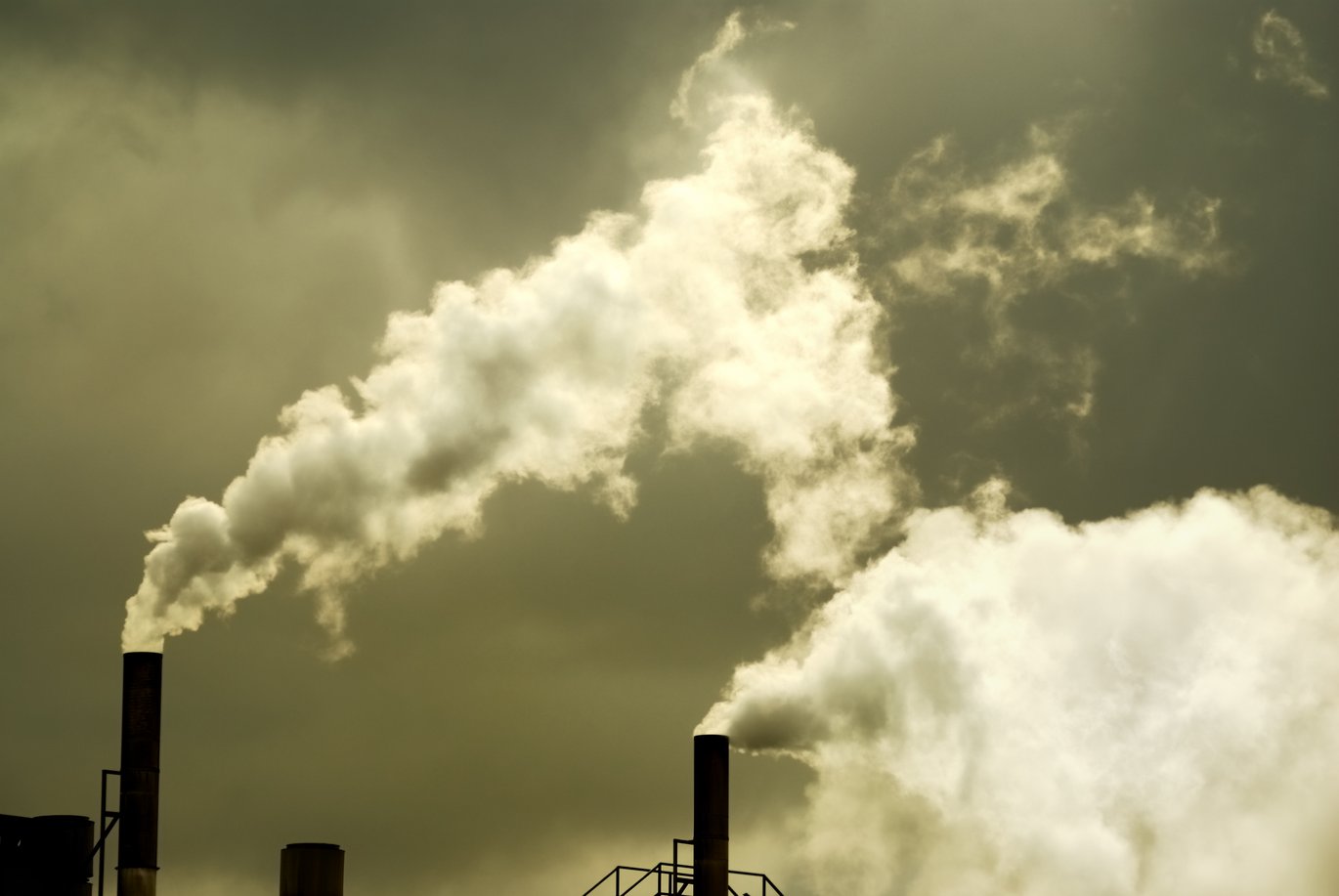Projection of greenhouse gases 2017-2040
New report details models, data and projections of greenhouse gases in Denmark to the year 2040. The report is the work of scientists from DCE - Danish Centre for Environment and Energy.

The main greenhouse gas (GHG) responsible for the anthropogenic influence on the heat balance is CO2. The atmospheric concentration of CO2 has increased from 280 to 379 ppm (about 35 %) since the pre-industrial era in the nineteenth century (IPCC, Fourth Assessment Report). The main cause is the use of fossil fuels, but changing land use, including forest clearance, has also been a significant factor.
The new report from DCE - National Centre for Environment and Energy contains a description of the models, background data and projections of the greenhouse gases (GHG) carbon dioxide (CO2), methane (CH4), nitrous oxide (N2O), hydrofluorocarbons (HFCs), perfluorocarbons (PFCs) and sulphur hexafluoride (SF6) for Denmark.
The latest historic year that has formed the basis of the projection is 2016. The emissions are projected to 2040 using a scenario, which includes the estimated effects of policies and measures implemented in Denmark’s GHG emissions (‘frozen policy‘ or ‘with existing measures’ projection) – meaning that the policies and measures are implemented or decided by February 2018.
The official Danish energy projection, e.g. the latest official projection from the Danish Energy Agency (DEA), are used to provide activity rates (2017-2030) in the models for those sectors for which these projections are available. From 2031 to 2040, the projection is not part of the official energy projection and is an estimate made by DCE.
The emission factors refer to international guidelines or are country-specific and refer to Danish legislation, Danish research reports or calculations based on emission data from a considerable number of industrial plants in Denmark. The projection models are generally based on the same structure and methodology as the Danish emission inventories in order to ensure consistency.
The main emitting sectors in 2017 are Energy Industries (24 %), Transport (27 %), Agriculture (22 %) and Other Sectors (9 %). For the latter sector, the most important sources are fuel combustion in the residential sector. GHG emissions show a decreasing trend in the first part of the projection period, but an increasing trend from 2020 and onwards. The total emissions in 2017 are estimated to be 48.4 million tons of CO2 equivalents and 49.7 million tons in 2040. From 1990 to 2017 the emissions decreased by 32 %.
Read the full report here
For more information, please contact Ole-Kenneth Nielsen
E-mail: okn@envs.au.dk
Telephone: +4587158478
